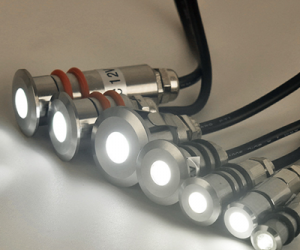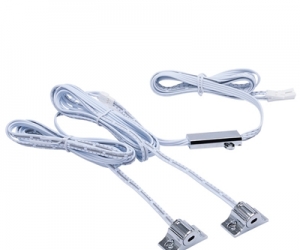Lighting design plays a crucial role in creating a comfortable and inviting ambiance in a hotel room. Here are some key considerations for hotel room lighting design:
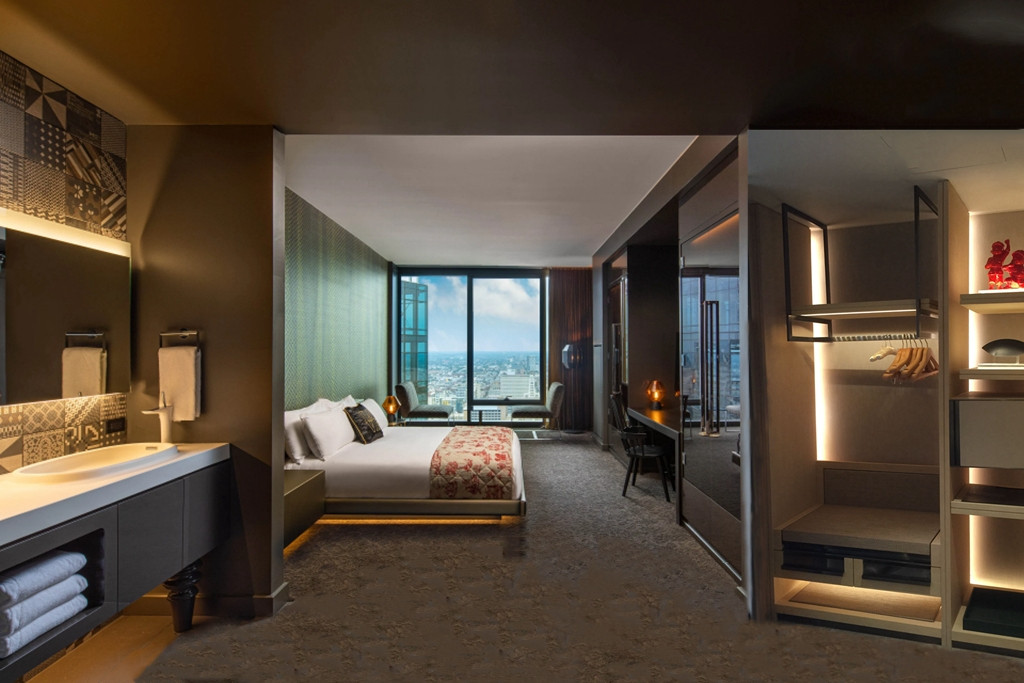
-
Layered Lighting: Implement a layered lighting approach that combines ambient, task, and accent lighting to create a balanced and versatile lighting scheme. This allows guests to adjust the lighting according to their needs and preferences.
-
Ambient Lighting: Use ambient lighting as the primary source of illumination in the room. This can be achieved through overhead fixtures such as chandeliers, recessed lights, or ceiling-mounted fixtures. Ensure that the ambient lighting provides a warm and welcoming atmosphere.
-
Task Lighting: Install task lighting to provide focused illumination for specific activities such as reading, working, or grooming. Bedside lamps, desk lamps, or wall-mounted adjustable fixtures are ideal options for task lighting.
-
Accent Lighting: Use accent lighting to highlight architectural features, artwork, or decorative elements in the room. This can be achieved through wall-mounted picture lights, track lighting, or recessed spotlights.
-
Dimmers and Controls: Incorporate dimmers and lighting controls to allow guests to adjust the intensity and mood of the lighting. This provides flexibility and enhances the overall guest experience.
-
Natural Light: Maximize the use of natural light by incorporating large windows and providing appropriate window treatments that allow guests to control the amount of daylight entering the room. Natural light creates a pleasant and refreshing atmosphere.
-
Color Temperature: Consider the color temperature of the light sources to create the desired ambiance. Warm white or soft white (2700K-3000K) is generally preferred for a cozy and inviting atmosphere in hotel rooms.
-
Energy Efficiency: Opt for energy-efficient lighting solutions such as LED bulbs to reduce energy consumption and maintenance costs.
-
Lighting Controls: Integrate lighting controls, such as occupancy sensors or keycard-operated switches, to enhance energy efficiency by automatically turning off lights when the room is unoccupied.
-
Guest-Friendly Design: Ensure that the lighting design is user-friendly and intuitive for guests. Provide easily accessible light switches and clear labeling for different lighting zones and fixtures.
Remember, the lighting design should align with the hotel's brand, style, and target market. It should create a comfortable and pleasant environment for guests, allowing them to relax and enjoy their stay.
-
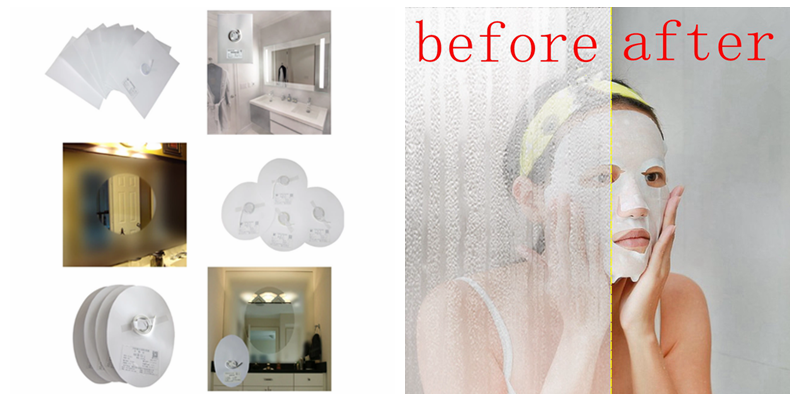 How to Install Heat Pad on Mirror?
How to Install Heat Pad on Mirror?Do you like ?0
Read more -
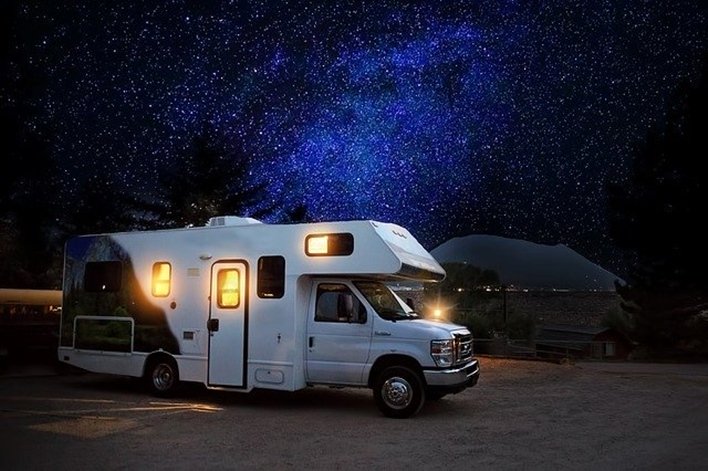 Why LED Lights are Perfect for RVs & Boats?
Why LED Lights are Perfect for RVs & Boats?Do you like ?0
Read more -
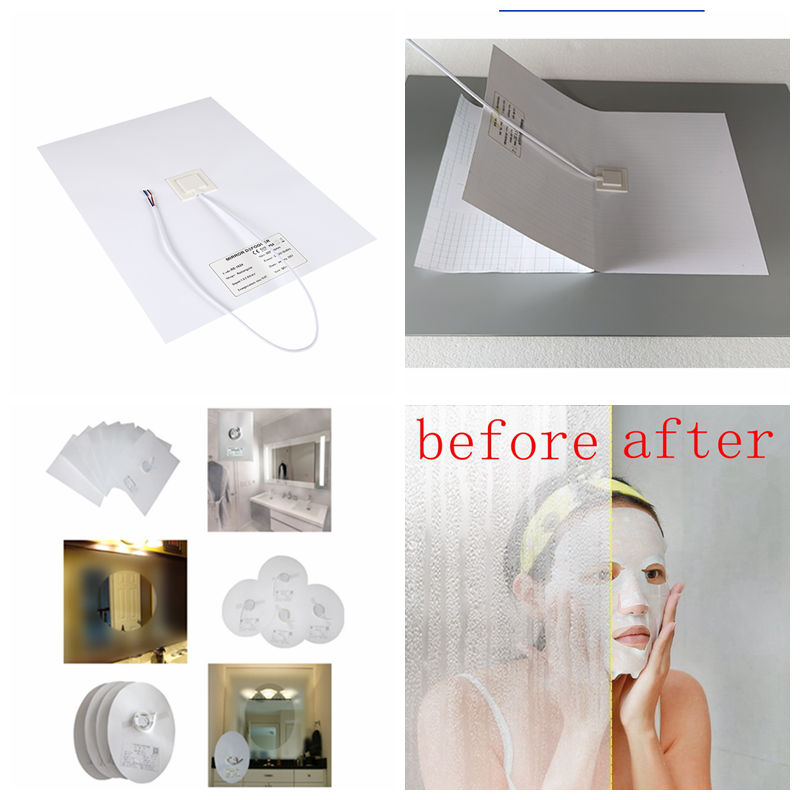 How Good Anti-fog Film for Mirror!
How Good Anti-fog Film for Mirror!Do you like ?0
Read more -
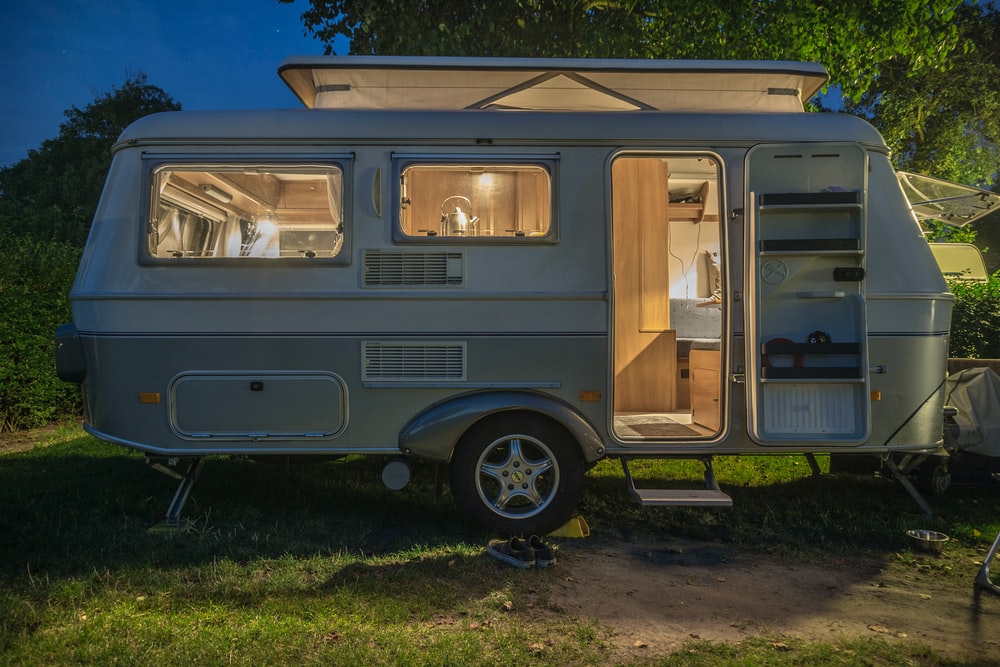 How do you choose which lights to buy for your RV’s interior?
How do you choose which lights to buy for your RV’s interior?Do you like ?0
Read more -
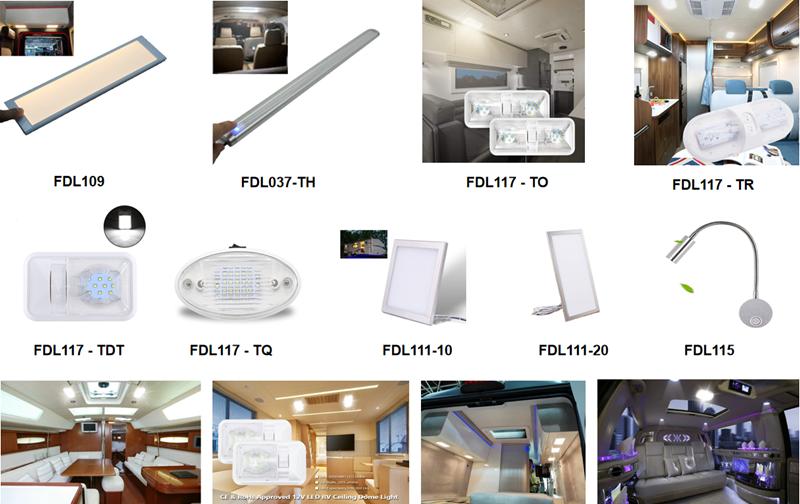 What Are the Most Common Interior Lights Used by RV Manufacturers?
What Are the Most Common Interior Lights Used by RV Manufacturers?Do you like ?0
Read more -
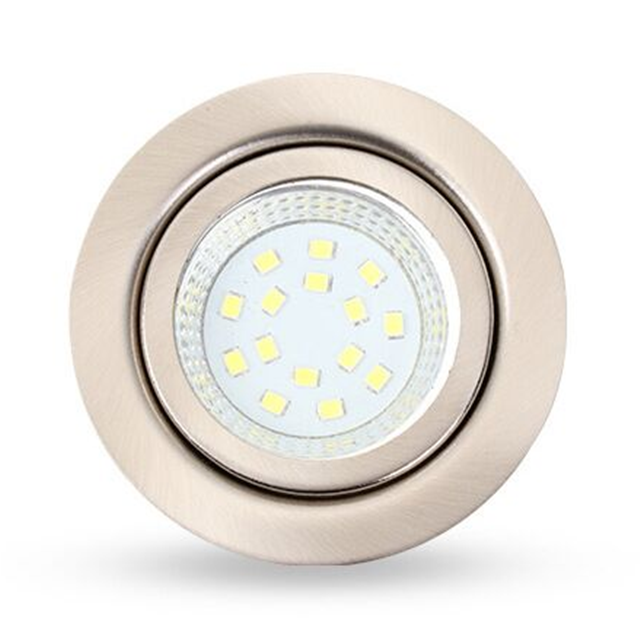 Do You Know The Great Uses for Puck Lights?
Do You Know The Great Uses for Puck Lights?Do you like ?0
Read more


